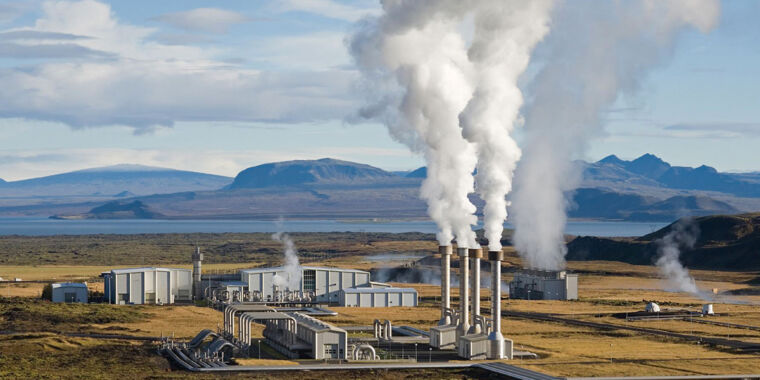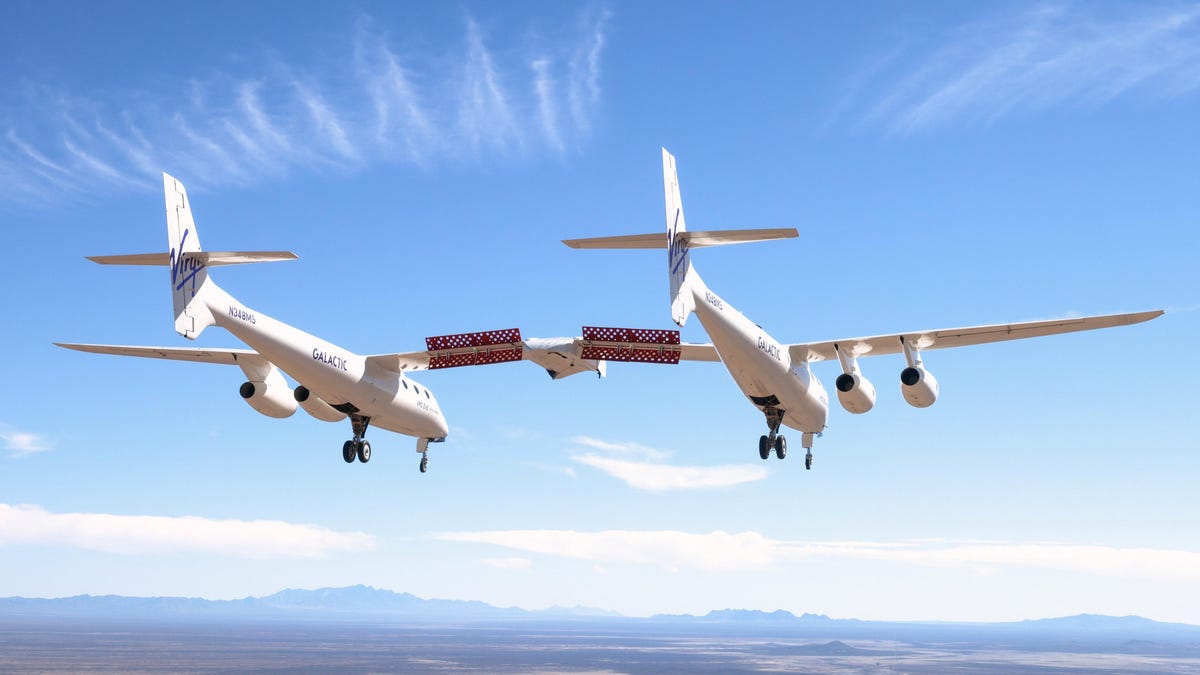Advancements in Geothermal Energy
In the arid expanse of the Nevada desert stands a unique power plant, known as Project Red, that utilizes the Earth’s heat to generate energy, rather than relying on solar or wind sources. This innovative project involves pumping water thousands of feet underground, reaching depths where the rocks are hot enough to cook a turkey. The heated water is then brought back up to the surface to power generators, providing carbon-free energy to the local grid since its inception in November.
Geothermal energy, which emanates continuously from Earth’s super-hot core, has traditionally been a niche electricity source, primarily found in volcanic regions like Iceland with natural hot springs. However, the development of geothermal systems like Project Red, situated in Nevada and operated by energy startup Fervo Energy, has shown promise in exploring Earth’s power potential beyond volcanic regions.
The Promise of Geothermal Energy
Efforts to tap into geothermal power in locations devoid of specific geological conditions have been ongoing for decades, although challenges such as high costs, technological complexity, and even induced seismic activity have hindered progress. Recent advancements, including leveraging techniques from oil and gas extraction, have aimed to enhance the reliability and cost-efficiency of next-generation geothermal systems like Project Red.
These developments have sparked optimism within the energy sector, with the potential for geothermal power to transition from its current status—generating less than 1 percent of global electricity and 0.4 percent of electricity in the United States—to become a mainstream energy source. Proponents suggest that geothermal energy could play a vital role in the shift away from fossil fuels, offering a continuous backup to intermittent sources like solar and wind.
Energy engineer Roland Horne from Stanford University highlights the significance of geothermal energy as the world moves towards a carbon-free grid, emphasizing its substantial promise as an energy source.
Overcoming Challenges in Geothermal Energy
Geothermal energy thrives in environments with abundant heat sources and permeable rocks that facilitate water flow. Regions with molten rock close to the surface allow water to seep through and heat up, producing hot water or steam that can be harnessed for electricity generation. Countries like Kenya, Iceland, New Zealand, and California have successfully integrated geothermal energy into their electricity grids.
However, natural geothermal reservoirs are becoming scarce, prompting experts to explore unconventional methods for extracting geothermal energy from less accessible areas. Enhanced Geothermal Systems (EGS) have emerged as a solution, involving deep drilling and creating fractures in dense, non-volcanic rocks to enable water circulation. The process resembles hydraulic fracturing techniques used in oil and gas extraction.
Despite significant progress in EGS technology, challenges such as induced seismic activity and technical limitations have impeded widespread adoption. While some EGS plants have successfully become operational power facilities, like those in Germany and France, the industry faces ongoing hurdles in transforming EGS into a reliable and profitable energy source.
Geophysicist Dimitra Teza from Fraunhofer IEG in Germany, involved in the development of EGS systems, notes the industry’s struggle to attract sufficient interest for advancing geothermal technology. However, ongoing research and innovations offer hope for overcoming these obstacles and unlocking the full potential of geothermal energy.
Image/Photo credit: source url





